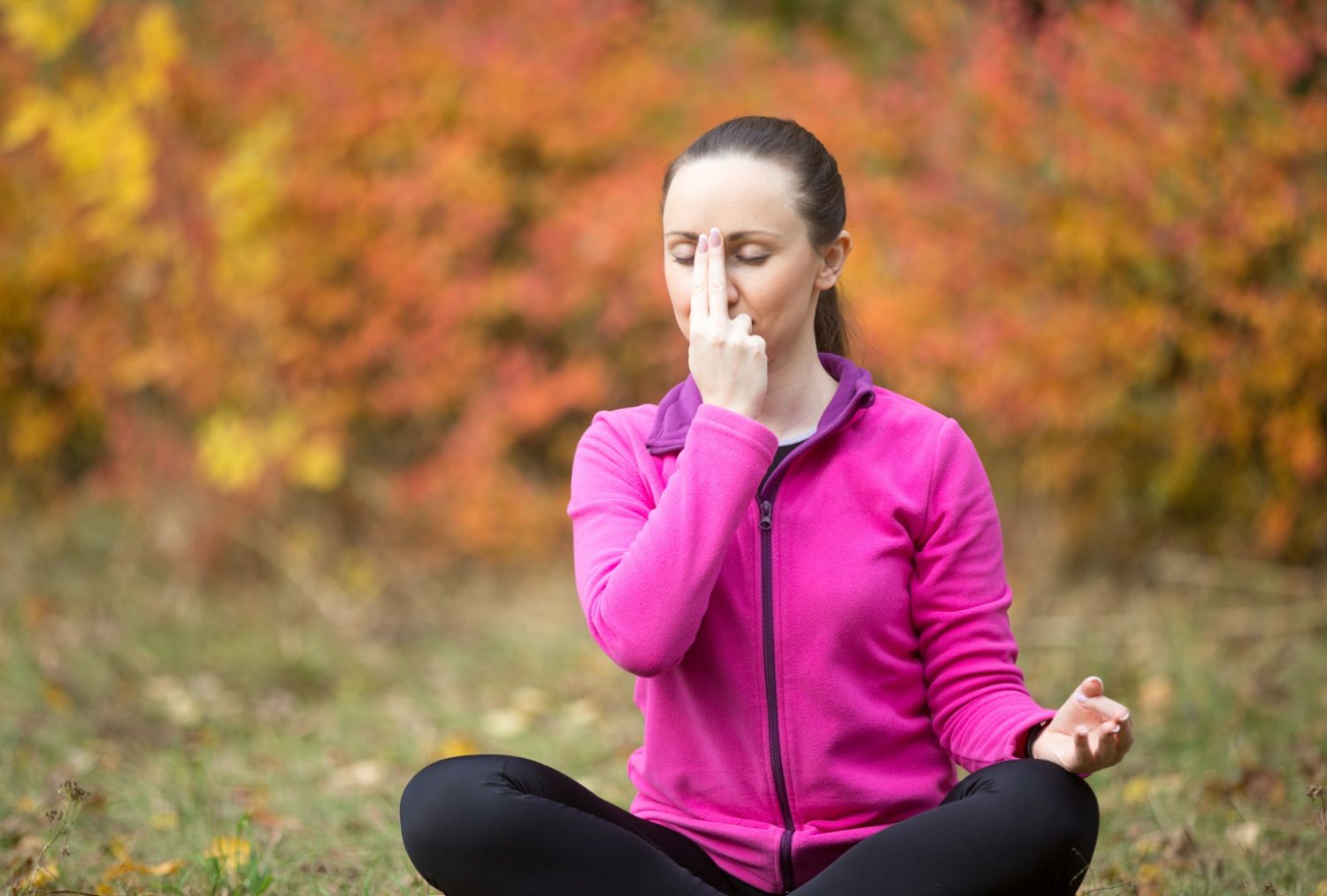- Home
- Meet Us
- Yoga Sessions
- Slow Yoga Online Classes
- Intuitive Yoga Online Classes
- Hot Yoga Online Classes
- Face Yoga Online Classes
- Hatha Yoga Online Classes
- Yoga Nidra Online Classes
- Kundalini Yoga Online Classes
- Vinyasa Flow Yoga Online Classes
- Ashtanga Yoga Online Classes
- Iyengar Yoga Online Classes
- Aroma Yoga Online Classes
- Yoga Therapy
- Specials
- Workshop
- Book Now
- Blog
- Contact Us

Simple Breathing Exercises for a Calmer, Healthier You
Unwind, de-stress, and rejuvenate – all with the power of your breath. Breathing exercises, often a cornerstone of yoga practice, offer a wealth of benefits for both physical and mental well-being. Whether you’re seeking to manage anxiety, improve lung function, or simply find moments of peace, these simple techniques can be a powerful tool for a healthier, happier you. And the beauty of breathing exercises? They can be practiced anywhere, anytime. Find a quiet corner in your office, a sunny spot in your garden, or simply close your eyes in the comfort of your own bed. With just a few minutes of focused breathing, you can shift your state of mind and step back into the present moment feeling calmer and more centered.
Understanding the Breath-Body Connection
Our breath is more than just a means of survival. It’s intimately connected to our nervous system, influencing our emotional state and overall health. When we’re stressed, our breath becomes shallow and rapid. Conversely, deep, slow breathing activates the parasympathetic nervous system, promoting relaxation and calmness.
Here’s a breakdown of the different types of breathing:
- Chest breathing: This shallow breathing uses the chest muscles, causing the chest to rise and fall with each breath. This type of breathing is often seen during times of stress or anxiety.
- Diaphragmatic breathing (deep breathing): This technique engages the diaphragm, the dome-shaped muscle below the lungs. When we breathe deeply, the diaphragm contracts, pushing the abdomen outward and pulling air into the lungs. Diaphragmatic breathing promotes relaxation and is associated with numerous health benefits.
Benefits of Breathing Exercises
The advantages of incorporating this type of exercises into your routine are vast and well-documented. Here are just a few:
- Reduced stress and anxiety: Deep breathing activates the relaxation response, lowering stress hormones and promoting feelings of calm.
- Improved sleep: By calming the nervous system, regular practice of exercises can lead to better sleep quality.
- Lower blood pressure: Studies suggest that deep breathing exercises can help manage and reduce blood pressure levels.
- Enhanced lung function: This type of exercises can strengthen the diaphragm and improve lung capacity, making breathing easier.
- Pain management: Deep breathing exercises can help manage chronic pain by reducing stress and tension in the body.
- Improved focus and concentration: Slow, deliberate breathing can enhance focus and concentration by promoting a state of mental clarity.
These are just a few of the many benefits associated with this type of exercises. With consistent practice, you can unlock a powerful tool for managing your well-being.
Types of Breathing Exercises
There are various breathing exercises suitable for different needs and levels of experience. Here are some popular techniques:
- Alternate nostril breathing (Nadi Shodhana): This technique involves breathing in and out through alternate nostrils, promoting balance and focus.
- 4-7-8 breathing: This calming technique involves inhaling for 4 seconds, holding your breath for 7 seconds, and exhaling slowly for 8 seconds.
- Pursed-lip breathing: This exercise is helpful for individuals with chronic obstructive pulmonary disease (COPD) as it slows down the breathing rate and promotes relaxation.
- Diaphragmatic breathing: Often referred to as belly breathing, this technique emphasizes using the diaphragm to draw air into the lungs.
These are just a few examples, and there are many other exercises available. Exploring different techniques can help you find what works best for you.
Getting Started with Breathing Exercises
Here are some tips for incorporating breathing exercises into your routine:
- Find a quiet, comfortable place: Minimize distractions to allow yourself to focus on your breath.
- Maintain a comfortable posture: Sit or lie down in a position that allows for deep, comfortable breathing.
- Close your eyes (optional): This can help you focus on your internal sensations.
- Start slow: Begin with short practice sessions and gradually increase the duration as you become comfortable.
- Be patient: Like any practice, consistency is key. Regularly practicing exercises will lead to greater benefits.
Yogadhira: Your Guide to Breathwork
At Yogadhira, we believe in the transformative power of mindful breathing. We offer online breathing exercises classes designed to help you:
- Master breathwork techniques through expert guidance from experienced yoga instructors.
- Find stress relief and reduce anxiety with tailored this type of exercises.
- Improve your overall health and well-being through the power of your breath.
Ready to experience the numerous benefits of mindful breathing? Enroll in Yogadhira’s online exercises classes from the comfort of your own home. Our classes cater to all levels, from beginners to experienced practitioners.
Join us on this journey to a calmer, healthier you. Contact Yogadhira today to learn more about our online breathing exercises classes and discover how the power of your breath can transform your life.
Frequently Asked Questions (FAQs) About Online Yoga Classes For Breathing Exercises
Breathing exercises offer a multitude of benefits, including stress reduction, improved focus and concentration, enhanced respiratory function, better sleep quality, and overall relaxation of the mind and body. Regular practice can also help manage anxiety and promote emotional well-being.
If you’re new to breathing exercises, it’s best to start with simple techniques like deep breathing or diaphragmatic breathing. These techniques are easy to learn and can be practiced anywhere, anytime. As you become more comfortable, you can explore other techniques such as alternate nostril breathing or box breathing, which offer additional benefits.
Yes, absolutely! Breathing exercises are excellent tools for managing stress and anxiety. By focusing on your breath, you can activate the body’s relaxation response, which helps calm the mind and reduce stress levels. Regular practice can also improve your ability to cope with stressful situations and promote a greater sense of emotional balance.
Yes, there are several breathing exercises that can help improve respiratory function, such as pursed lip breathing, which can strengthen the diaphragm and improve lung capacity. Deep breathing exercises, like the 4-7-8 technique, can also help increase oxygen flow and improve overall respiratory health.
While breathing exercises are generally safe for most people, it’s important to consult with your healthcare provider before starting any new exercise regimen, especially if you have a medical condition or respiratory issue. Your healthcare provider can provide personalized guidance and ensure that breathing exercises are appropriate for your individual needs.
Take the Next Step: Enroll in Our Online Breathing Exercises Classes.
